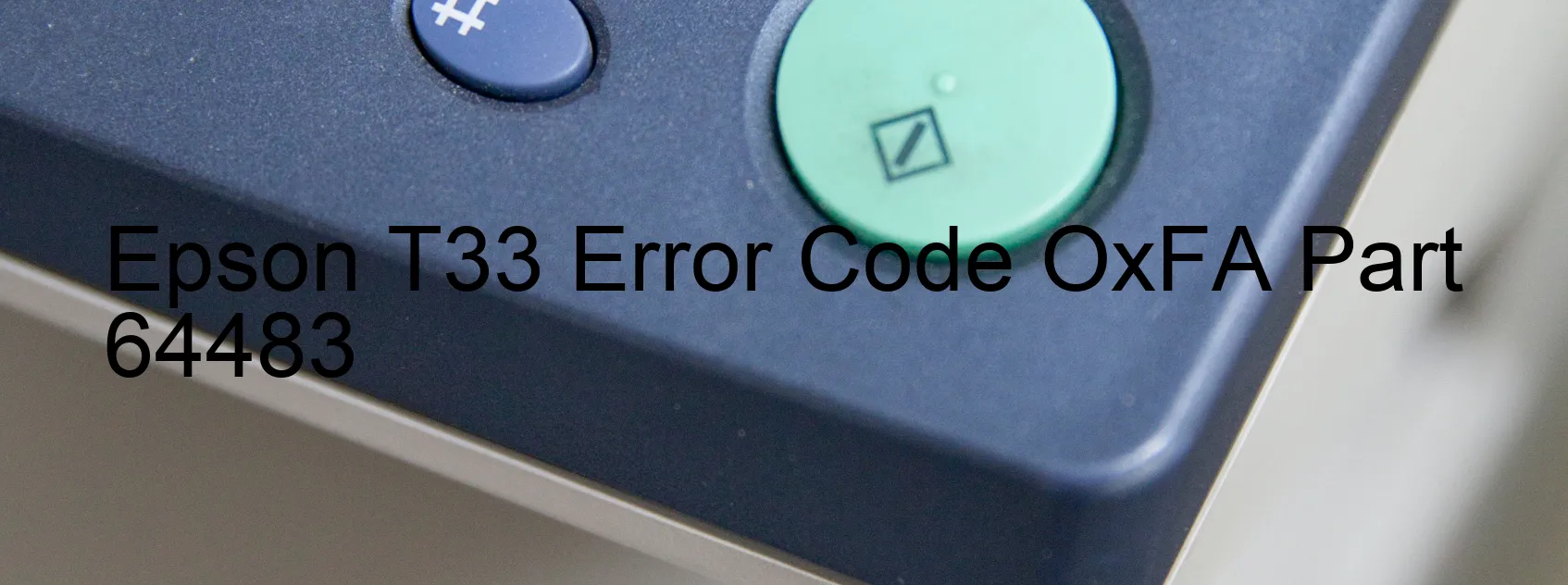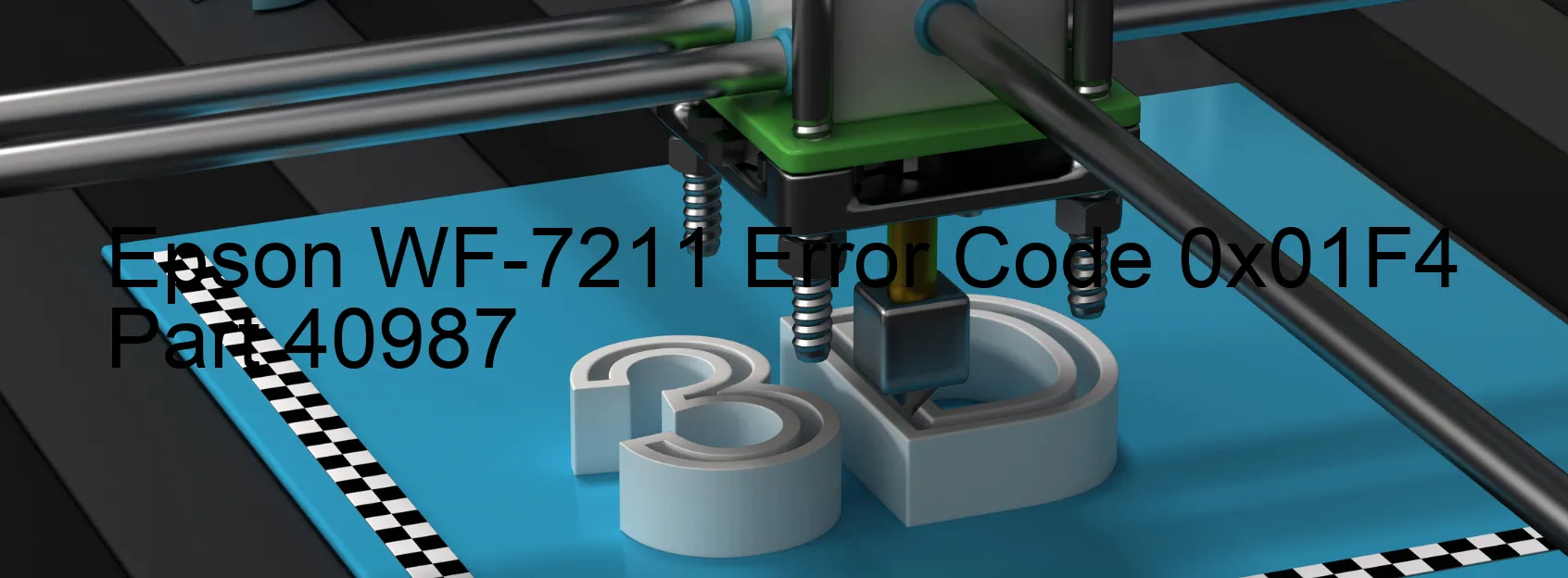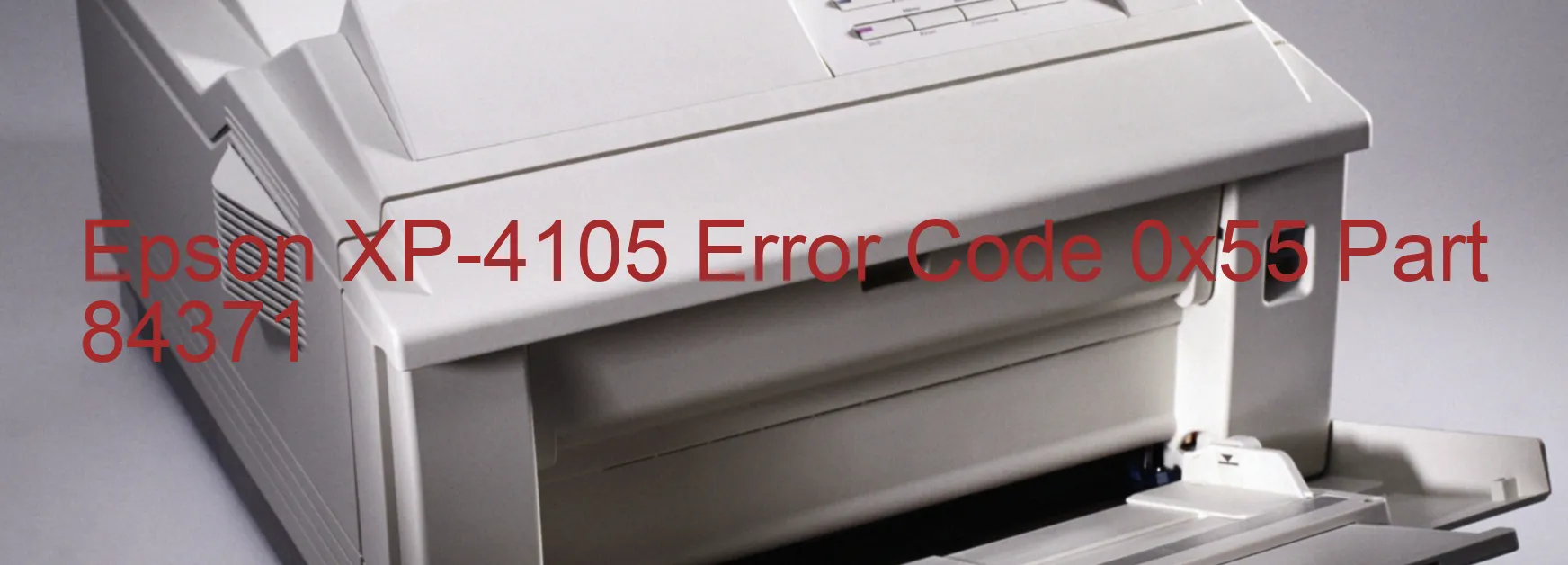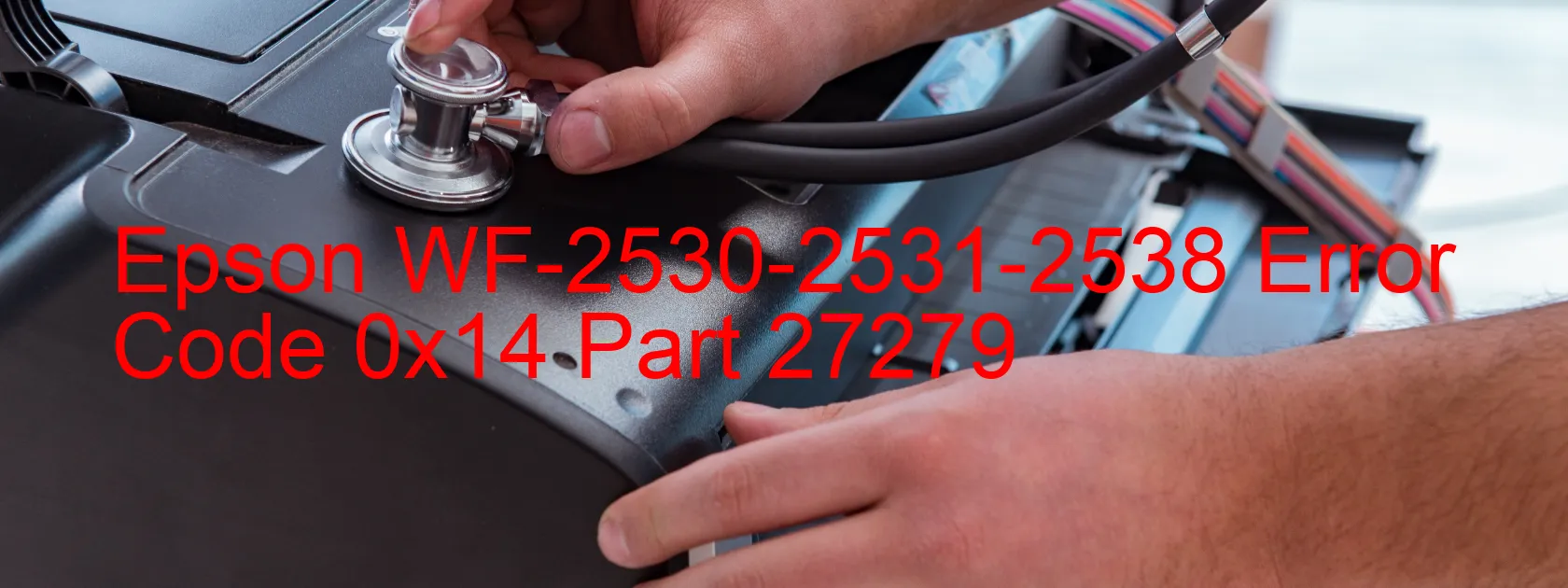Epson T33 Error OxFA

The Epson T33 printer is a reliable and efficient device that can enhance your printing experience. However, like any other electronic equipment, the printer may encounter errors from time to time. One such error is the OxFA display along with the error code “PF LOAD POSITION excess load error.” This error typically occurs due to various reasons, including encoder failure, PF motor failure, PF mechanism overload, cable or FFC disconnection, tooth skip, or improper tension of the timing belt.
To resolve this error, there are a few troubleshooting measures you can take. Firstly, check if there is any foreign object or debris obstructing the movement of the print head (PF). If you find any obstructions, safely remove them and restart the printer. Additionally, make sure that the ink cartridges are properly installed and not causing any obstruction.
If the error persists, check the encoder strip and ensure it is clean and unbroken. The encoder strip is a transparent strip that contains fine markings and plays a crucial role in the functioning of the print head. Cleaning the encoder strip with a clean, lint-free cloth may help resolve the error.
Another troubleshooting step is to ensure that the cable or FFC (Flexible Flat Cable) connecting the print head to the printer’s circuit board is securely connected. If the cables are loose or disconnected, reattach them properly.
In some cases, a tooth skip or improper tension of the timing belt can cause this error. In such situations, it is recommended to seek professional assistance to resolve the issue.
In conclusion, the Epson T33 printer’s OxFA error with the PF LOAD POSITION error code can be rectified through various troubleshooting steps. By following these steps appropriately, you can resolve the issue and resume your printing tasks efficiently.
| Printer Model | Epson T33 |
| Error Code | OxFA |
| Display on | PRINTER |
| Description and troubleshooting | PF LOAD POSITION excess load error. Encoder failure. PF motor failure. PF Mechanism overload. Cable or FFC disconnection. Tooth skip or improper tension of the timing belt. |









